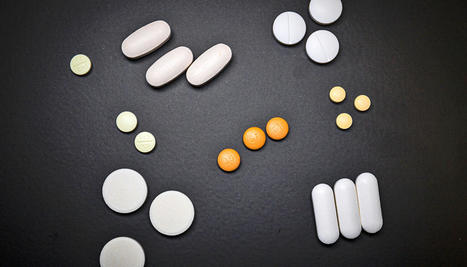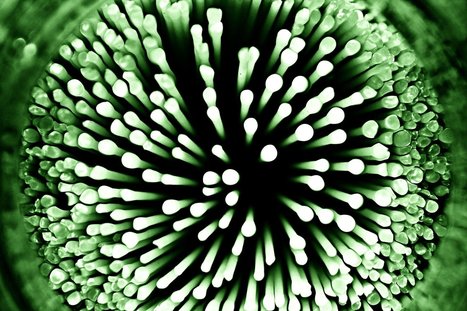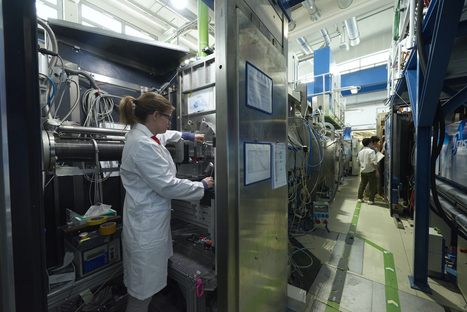Antibiotic resistance is a significant public health challenge, caused by changes in bacterial cells that allow them to survive drugs that are designed to kill them. Resistance often occurs through new mutations in bacteria that arise during the treatment of an infection. Understanding how this resistance emerges and spreads through bacterial populations is important to preventing treatment failure.
Scientists have developed a mathematical model that predicts how the number and effects of bacterial mutations leading to drug resistance will influence the success of antibiotic treatments.
Their model, described in the journal eLife, provides new insights on the emergence of drug resistance in clinical settings and hints at how to design novel treatment strategies that help avoid this resistance occurring.
"Mathematical models are a crucial tool for exploring the outcome of drug treatment and assessing the risk of the evolution of antibiotic resistance," explains first author Claudia Igler, Postdoctoral Researcher at ETH Zurich, Switzerland. "These models usually consider a single mutation, which leads to full drug resistance, but multiple mutations that increase antibiotic resistance in bacteria can occur. So there are some mutations that lead to a high level of resistance individually, and some that provide a small level of resistance individually but can accumulate to provide high-level resistance."
"Our work provides a crucial step in understanding the emergence of antibiotic resistance in clinically relevant treatment settings," says senior author Roland Regoes, Group Leader at ETH Zurich. "Together, our findings highlight the importance of measuring the level of antibiotic resistance granted by single mutations to help inform effective antimicrobial treatment strategies."
read the study paper at https://elifesciences.org/articles/64116
read the original unedited article at https://phys.org/news/2021-05-mathematical-effect-bacterial-mutations-antibiotic.html



 Your new post is loading...
Your new post is loading...









